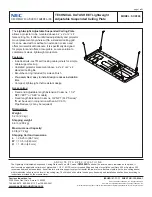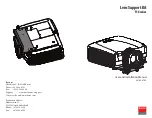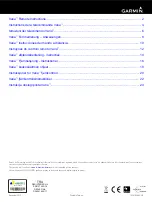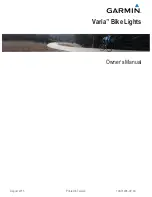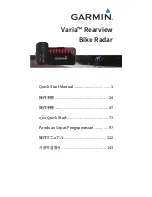
NOTE
For reliable measurement, in particular when using the device to output measured
values, the laser needs to hit the object several times. Therefore, the object either
needs to be larger than the minimum object size, or both the LiDAR sensor and the
object must not be moving.
Size in mm (inch)
1
0
5
(16.4)
20
(65.6)
25
(82.0)
10
(32.8)
Distance in m (ft)
2
500
(19.7)
0
100
(3.9)
300
(11.8)
400
(15.7)
15
(49.2)
200
(7.9)
3
4
5
Figure 6: Minimum object size
1
Size in millimeters (inc)
2
Distance in meters (feet)
3
Minimum object size
4
Light spot width
5
Light spot height
3.7.5
Impact of object surfaces on the measurement
Remission value
Remission is the ability of a material to reflect light. The remission correlates with the
amount of laser light emitted by the LiDAR sensor which is reflected by an object (see
Lambert’s law).
Glossy surfaces have different remissions at the same distance with different angles of
impact. In the case of shiny surfaces, maximum remission is achieved when the beam
makes vertical impact.
Matt and dull surfaces have diffuse remission. They therefore exhibit similar relative
remissions with the same angle of impact regardless of the distance from the zero
point.
Table 4: Typical remissions of frequently used materials
Material
Typ. relative remission
Rubber tires (vulcanized, black)
2%
Foam rubber (black)
2.4%
Photographic board (black, matte)
10%
Cardboard (gray)
20%
Wood (untreated fir, soiled)
40%
PVC (gray)
50%
Paper (white, matte)
80%
Plaster (white)
100%
3
PRODUCT DESCRIPTION
16
O P E R A T I N G I N S T R U C T I O N S | TiM8xxP
8024355/1DRC/2021-12-15 | SICK
Subject to change without notice
































